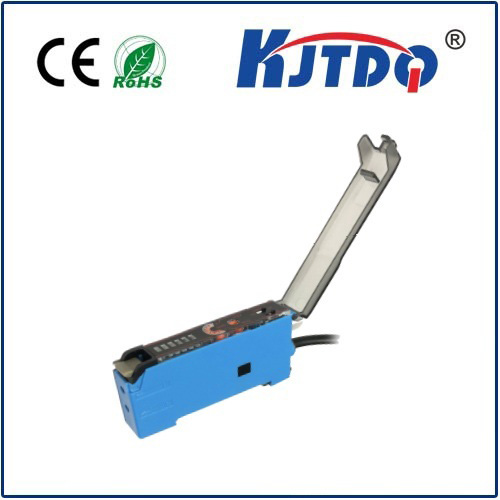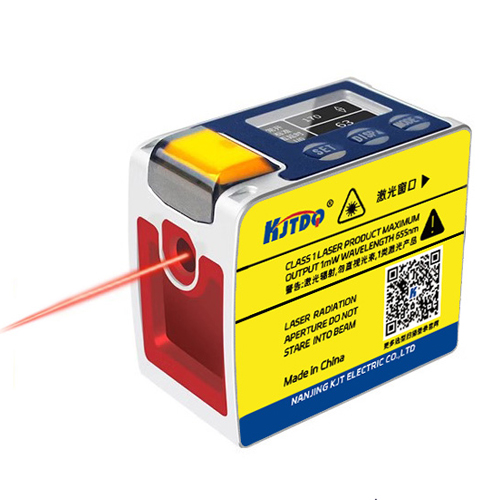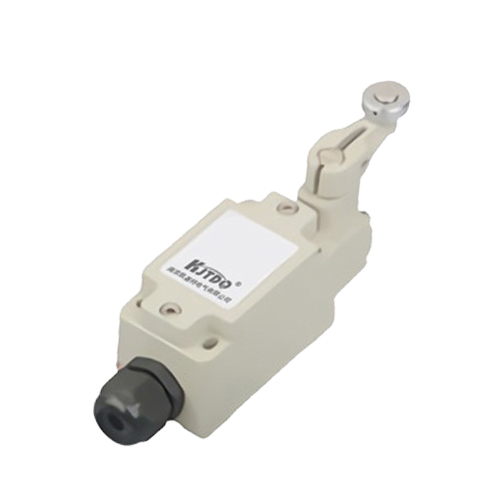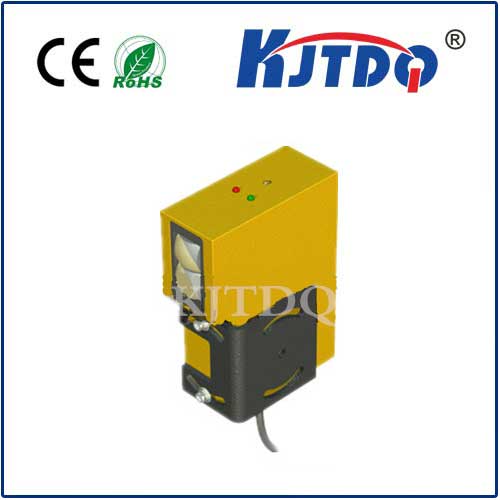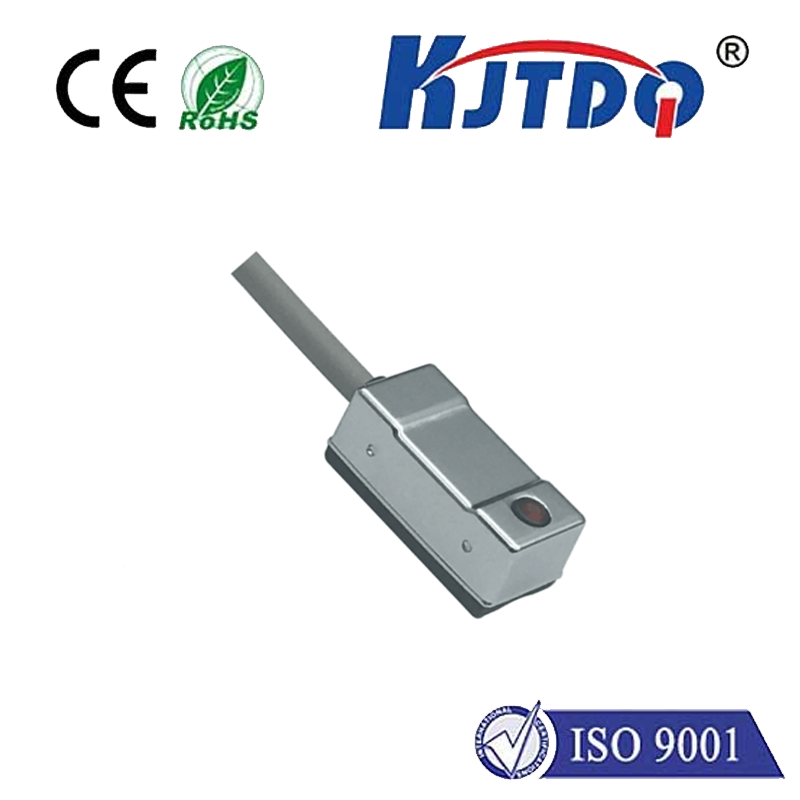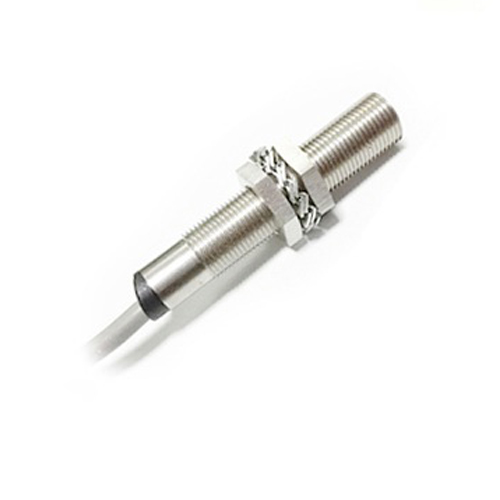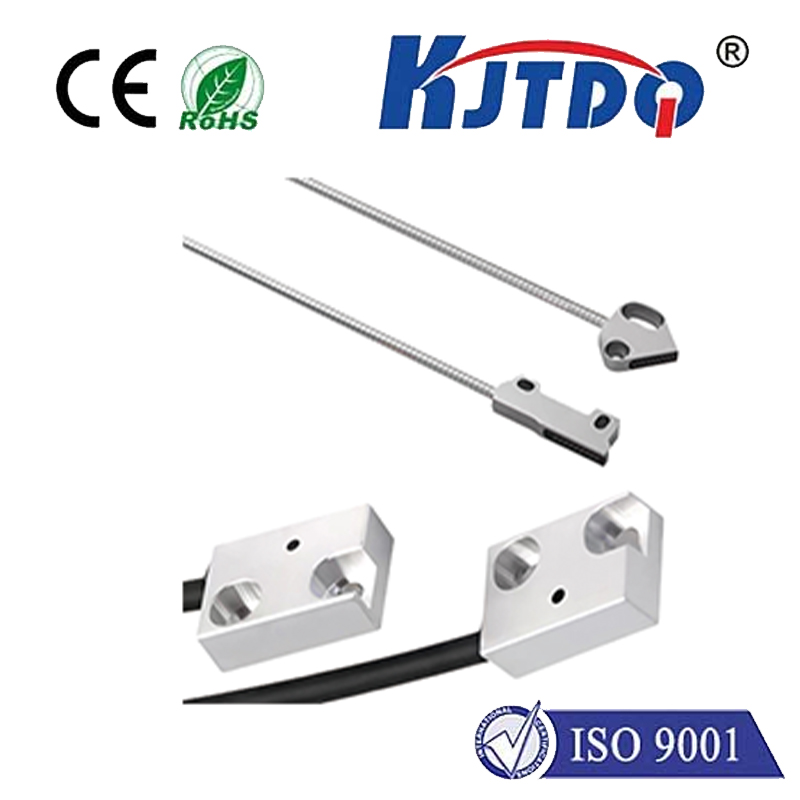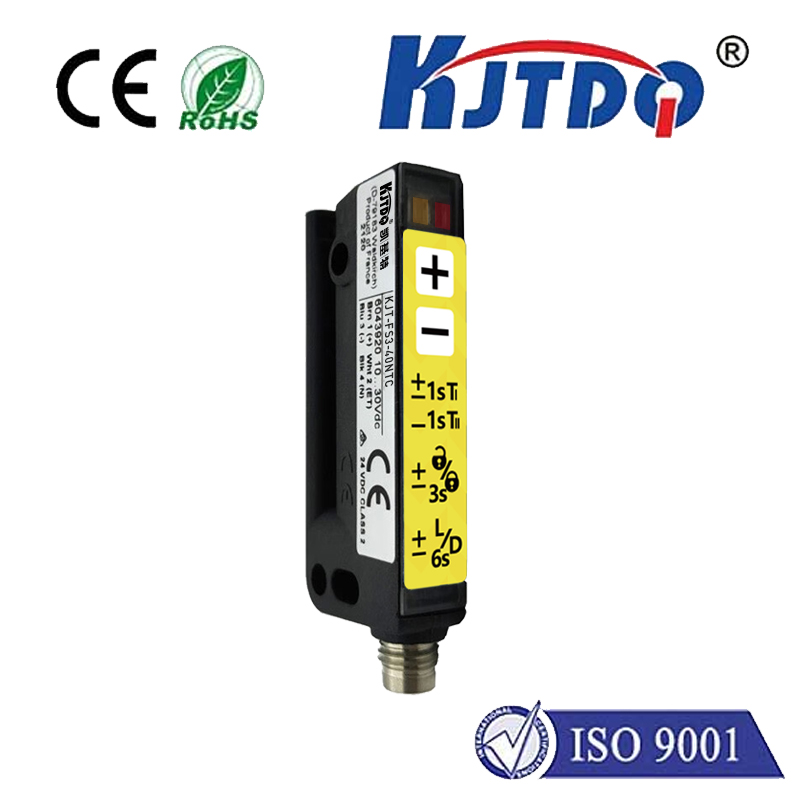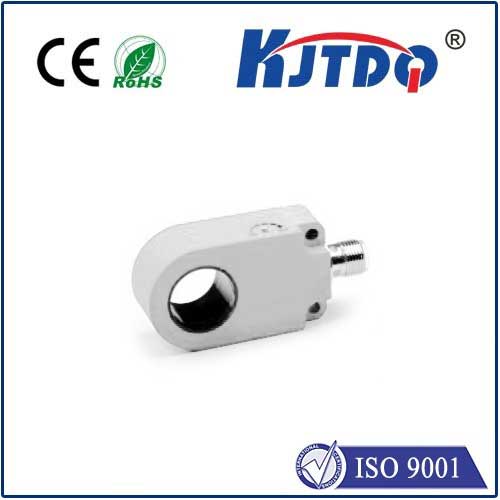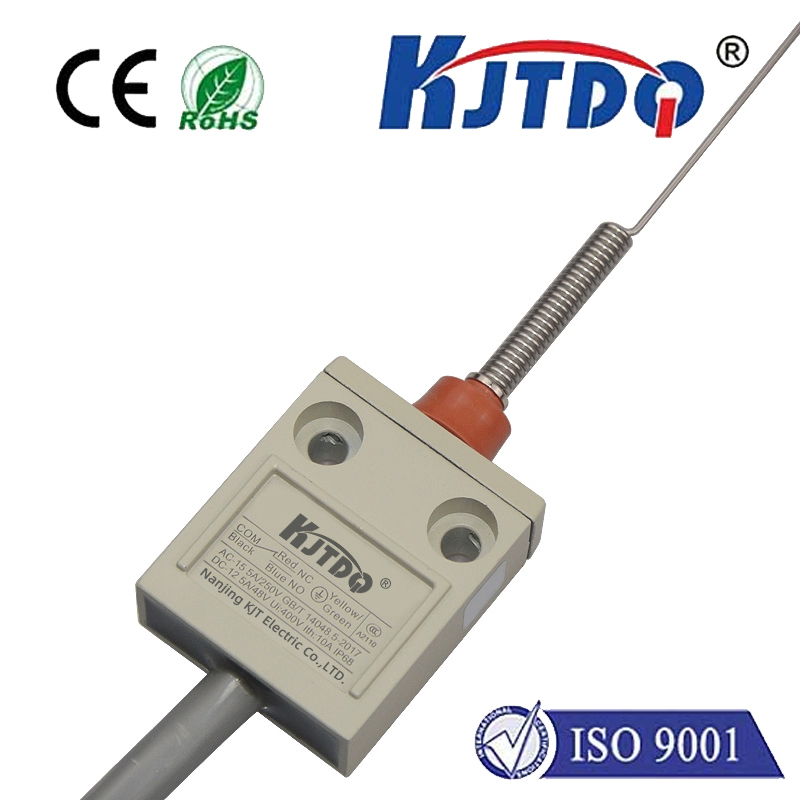allen bradley proximity sensor 872c
- time:2025-07-10 03:09:38
- Click:0
Unlocking Reliability: Your Guide to the Allen-Bradley 872C Proximity Sensor in Industrial Automation
Precision, durability, and unwavering performance – these aren’t just ideals in industrial automation; they are necessities. In the complex dance of machinery and control systems, the humble proximity sensor plays a starring role, detecting presence or absence without physical contact. Among the most trusted names delivering this critical function stands Rockwell Automation’s Allen-Bradley brand. And within their extensive sensor portfolio, the Allen-Bradley 872C proximity sensor has earned its reputation as a robust, versatile workhorse essential for countless applications. Understanding its capabilities and applications is key to optimizing your operations.
What Exactly Defines an Allen-Bradley 872C?
The Allen-Bradley 872C is an inductive proximity sensor. This means it detects the presence of metallic objects (primarily ferrous metals like steel or iron, with reduced range for non-ferrous metals like aluminum or brass) within its sensing field by generating an oscillating electromagnetic field. When a metal target enters this field, it induces eddy currents, causing a measurable change in the oscillator’s state. This change is then translated into a clean electrical switching signal (PNP or NPN output, depending on the specific model variant).
The “872C” designation refers to a specific series within Allen-Bradley’s broader proximity sensor range. It signifies a family of cylindrical, barrel-style sensors with threaded bodies (typically M8, M12, M18, or M30 threading), known for their rugged construction and reliable performance in demanding industrial settings.
Key Features Powering the 872C’s Reputation

Why has the 872C proximity sensor become such a ubiquitous choice on factory floors globally? Its design emphasizes the core requirements of industrial environments:
- Exceptional Durability: Engineered to withstand harsh conditions, 872C sensors generally feature robust housings (often nickel-plated brass or stainless steel) and offer high levels of ingress protection (commonly IP67 or higher). This means they are dust-tight and resistant to temporary immersion in water, making them suitable for washdown areas, outdoor use, or environments with significant dust, dirt, or coolant splashes.
- Reliable Sensing Performance: Designed for dependable object detection at specified ranges (sensing distance varies by model size - e.g., 2mm for M8, 4mm for M12, 8mm for M18, 15mm for M30 - often rated for standard mild steel targets). Factors like target material, size, shape, and installation adherence to specified distances all influence actual performance.
- Output Flexibility: Critically, the 872C series offers models with both PNP (sourcing) and NPN (sinking) transistor outputs. This flexibility allows seamless integration with a wide range of programmable logic controllers (PLCs), particularly Allen-Bradley’s ControlLogix or CompactLogix systems, and other industrial control devices that require specific input types. The output is typically a 3-wire configuration (Brown = +V DC, Blue = 0V DC, Black = Output Signal).
- Environmental Resilience: Beyond physical robustness, these sensors boast excellent resistance to electrical noise (EMI/RFI), ensuring stable signals in electrically noisy environments. They also operate reliably across a wide temperature range (commonly -25°C to +70°C), handling typical factory thermal fluctuations.
- Simple Installation & Maintenance: The cylindrical threaded design allows for easy mounting and adjustment. LED status indicators (usually integrated) provide immediate visual feedback on power status and target detection, significantly simplifying commissioning and troubleshooting. Standardized M12 or M8 quick-disconnect cables further enhance ease of replacement and wiring.
Where Does the Allen-Bradley 872C Shine? Applications Galore
The 872C proximity sensor, particularly the 872C-* models (e.g., 872C-D4NANA-PM, 872C-D5NANA-PM - noting “D” often signifies DC power, “4” or “5” relates to thread size, “NANA” often indicates specific output type/connection), finds application wherever non-contact metal detection is needed:
- Machine Tooling: Detecting tool presence/absence in CNC machines, confirming part clamping, monitoring turret indexing positions.
- Material Handling: Verifying pallet presence on conveyors, detecting product positions at stops or gates, confirming cylinder end-of-stroke in pneumatic systems.
- Packaging Machinery: Counting metal lids or cans, detecting filled containers on a line, confirming cap application.
- Automotive Assembly: Position sensing of robots or fixtures, verifying part seating in assemblies, end-of-line inspection station triggers.
- General Manufacturing: Monitoring bin levels (for metal parts), confirming door or guard closure for safety interlocks, detecting the presence of metal components on fixtures.
Selecting and Implementing the Right 872C
Specifying the precise Allen-Bradley 872C sensor requires careful consideration:
- Thread Size & Sensing Distance (Sn): Determine the required physical size (M8, M12, M18, M30) based on mounting constraints and the needed detection range. Always refer to datasheet specifications for the exact Sn value for the specific target material.
- Output Configuration: Choose PNP (positive switching) or NPN (negative switching) based on your controller’s input requirements. This is crucial for proper interfacing.
- Connection Style: Barrel sensors like the 872C typically come in versions with integrated cables (fixed varying lengths) or connector versions (commonly M8 or M12 3-pin or 4-pin connectors), offering easier replacement and modularity.
- Operating Voltage: Ensure compatibility with your DC power supply voltage (common ranges are 10-30V DC). Specific models within the 872C family will have defined voltage ranges.
- Environment: Verify the IP rating (e.g., IP67) meets your application’s environmental demands concerning dust, moisture, and temperature. Consider chemical exposure or potential physical impact threats where enhanced ratings or different housing materials might be needed.
The Allen-Bradley Advantage: More Than Just a Sensor
Choosing an Allen-Bradley proximity sensor 872C isn’t just selecting a component; it’s investing in the ecosystem of a global industrial leader. Benefits extend beyond the sensor itself:
- Seamless Integration: Designed for optimal performance within Rockwell Automation’s integrated architecture, working efficiently with Allen-Bradley PLCs and I/O modules. This simplifies engineering, configuration, and troubleshooting.
- World-Class Support & Documentation: Access to extensive technical resources, detailed datasheets, and worldwide service and support networks. Finding the right specification or troubleshooting guide is straightforward.
- Consistent Quality & Longevity: Allen-Bradley components are renowned for their manufacturing consistency and long operational life, minimizing unplanned downtime and replacement costs. Reliability is the cornerstone of their value proposition.
- Reduced Complexity: Standardization across a vast product range allows maintenance teams to manage spares and replacements more efficiently.
Implementing for Success: Best Practices
To maximize the performance and lifespan of your 872C proximity sensors:
- Mount Securely: Ensure proper torque on the mounting nut to prevent vibration loosening.
- Respect Sensing Distances: Install with the recommended gap between the sensor face and the target under normal operating conditions. Refer to the datasheet’s “effective operating distance” (often 0-81% of the rated Sn) for optimal reliability.
- **Mind the Target












